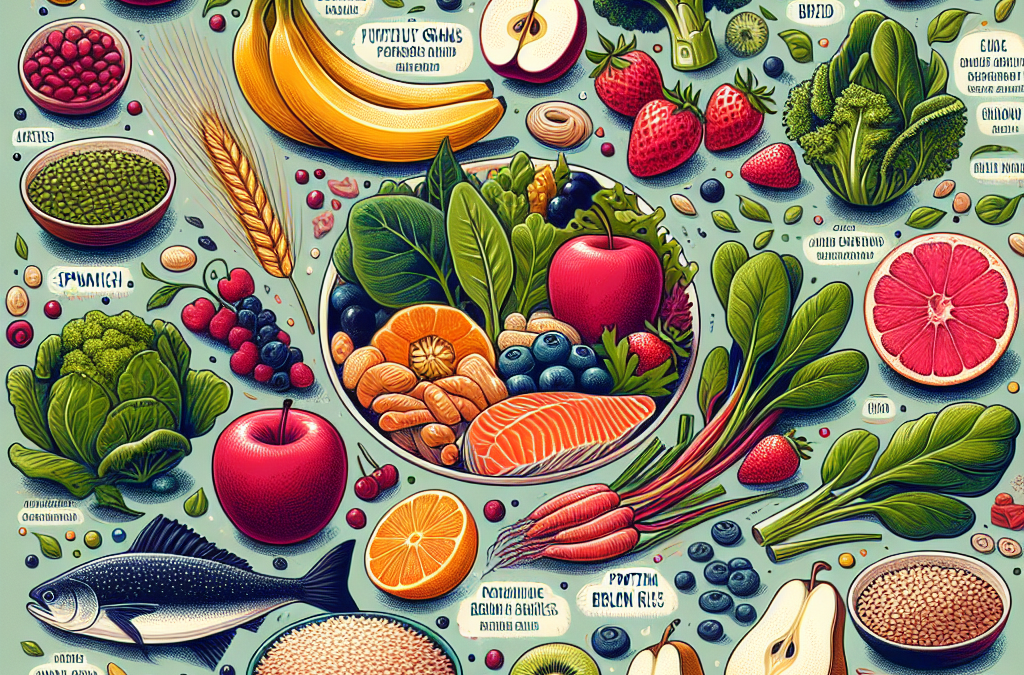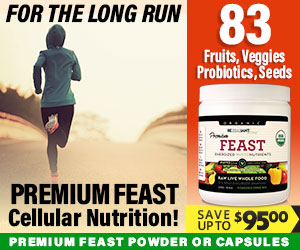Why You Should Add These Nutrient-Dense Foods to Your Diet
- Benefits of Nutrient-Dense Foods
- Top Nutrient-Dense Foods to Incorporate
- How to Prepare Nutrient-Dense Meals
- Common Misconceptions About Nutrient Density
Benefits of Nutrient-Dense Foods
Understanding Nutrient Density
First things first, let’s dig into what nutrient density actually means. It’s all about the good stuff packed into your food—like vitamins, minerals, and other beneficial compounds—relative to the calories it contains. Instead of munching on empty-calorie snacks, I’ve found that loading up on foods that provide a lot of nourishment for fewer calories has been a game changer in my diet.
Trust me, when you start focusing on nutrient-dense foods, you’ll feel more energetic. You know that buzz you get from a sugary treat? It’s nothing compared to the sustained energy you tap into from a balanced, nutritious meal. I’ve cut down on energy slumps by swapping out those junk foods for something like berries or leafy greens. It’s all about making better choices that support your body.
Plus, eating nutrient-dense foods can help with weight management. You’re filling your tummy with all the right stuff, so you naturally eat less. Who doesn’t want to eat delicious, satisfying meals without feeling guilty? That’s the kind of lifestyle I can get behind!
Top Nutrient-Dense Foods to Incorporate
Exploring Superfoods
Now, let’s talk about the heroes of the nutrient-dense world: the superfoods. When I first started my journey, I read up on quinoa, kale, and avocados, and boy, these are powerful additions to any plate. Quinoa is a complete protein and super filling. Toss it in a salad or cook it as a side, and you’ll feel like a champ.
Kale, on the other hand, is like a green powerhouse! It’s loaded with vitamins A, K, and C. I found that throwing some kale into my smoothies or sautéing it with garlic created drool-worthy dishes. And let’s not forget the mighty avocado—hello, healthy fats! Creamy, rich, and oh-so-good for your heart.
Don’t sleep on berries either. Whether it’s blueberries or strawberries, they’re low in calories but high in antioxidants. Having a bowl of fresh berries for breakfast or as a snack has become one of my guilty pleasures—except there’s no guilt attached when you think of the benefits!
How to Prepare Nutrient-Dense Meals
Simple Cooking Techniques
I have a super easy approach to meal prep that I wish I’d known sooner. Choose quick and healthy cooking methods like steaming, grilling, or even roasting your veggies. Believe me, learning how to cook can make a night-and-day difference in how I now enjoy my food. Steaming retains more nutrients, while grilling adds a smoky flavor that’s hard to resist.
Don’t be afraid to get creative either. Mixing and matching different nutrient-dense foods has been a fun experiment for me. Combining chickpeas with spinach and spices created a delicious, filling dish. Simple dressings with olive oil, lemon, and herbs can take your meal from bland to grand in no time.
Get an Amazing Discount on Best Organic SuperFood Product!
Meal prepping has also been a lifesaver. Over the weekends, I like to cook larger batches of quinoa, roast some veggies, and cook proteins like chicken or tofu. That way, during the busy week, I always have a tasty and nourishing meal ready to go. It saves me energy and keeps me on track.
Common Misconceptions About Nutrient Density
Debunking Myths
It’s easy to fall into the trap of thinking that healthy food is boring or bland, but I’m here to tell you that’s simply not true. Yes, you might have to move away from some of your comfort foods, but I promise, there’s a world of flavors waiting for you. Once I started experimenting with spices and herbs, my meals transformed into something delightful rather than a chore.
Another common misconception is that nutrient-dense foods are too expensive. Sure, some might cost a bit more upfront, but when you see how much better you feel and how they keep you full, it’s worth every penny. I started shopping seasonally and locally, and guess what? I found incredible deals on fresh produce—gold for my pantry!
Let’s also bust the myth that you need to be a professional chef to cook these foods well. If I can whip something up in my kitchen, then anyone can! It’s about trying things out, enjoying the process, and learning what you love along the way.
Frequently Asked Questions
What are some easy examples of nutrient-dense foods?
Nutrient-dense foods include leafy greens like spinach and kale, fruits like berries and oranges, whole grains like quinoa and brown rice, healthy fats like avocados, nuts, and seeds, as well as lean proteins such as chicken and legumes.
How can I incorporate nutrient-dense foods into my daily diet?
Start small! Add a side of vegetables to your meals, incorporate fruits in your breakfasts, or substitute refined carbs for whole grains. You can also try making smoothies packed with fruits and greens for a tasty nutrient boost.
Are nutrient-dense foods more expensive?
While some might be pricier, shopping smart—like buying seasonal produce or frozen options—can save you money without sacrificing nutrition. Plus, investing in your health is priceless in the long run.
Do I need to change my entire diet to benefit from nutrient-dense foods?
No way! Just focus on gradually introducing more nutrient-dense options alongside your current diet. Little changes add up, and you’ll notice the benefits without overhauling everything at once.




